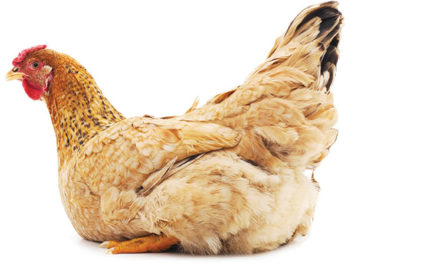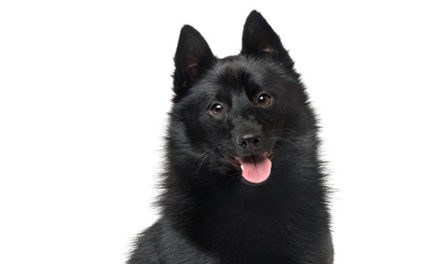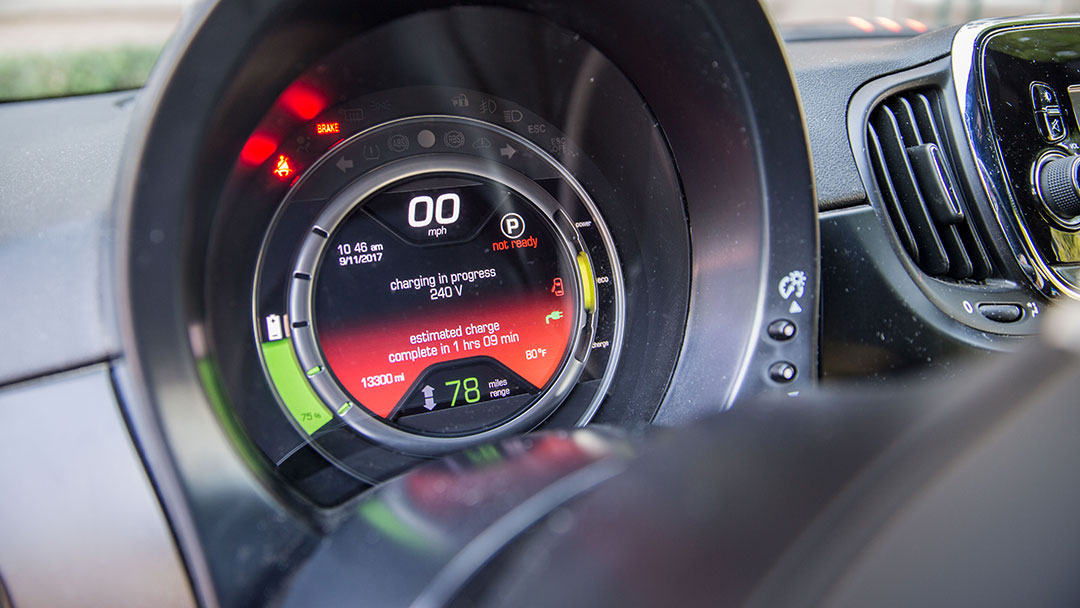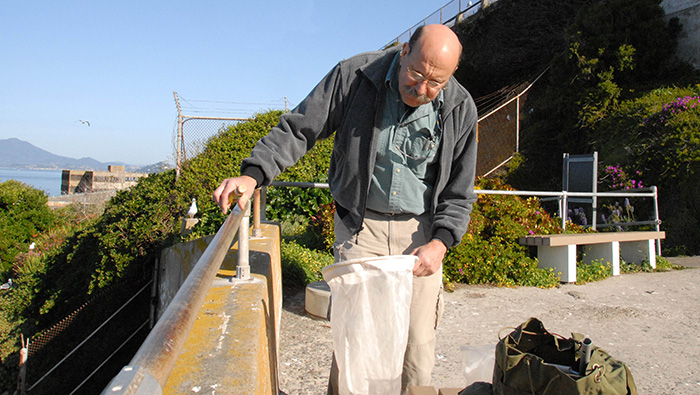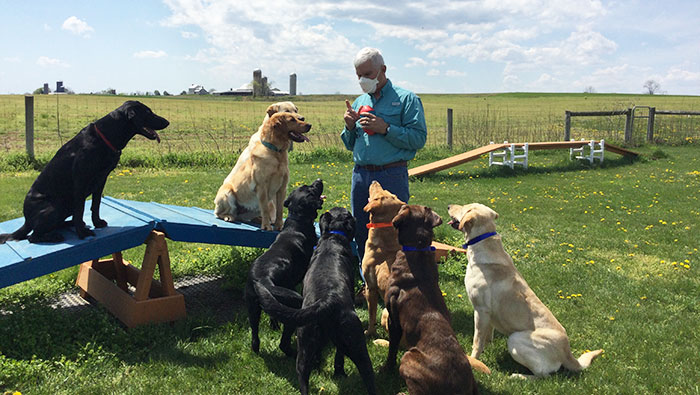
Pat Nolan of Tactical Directional Canine Systems demonstrates training techniques with several canines at the Army Combat Capabilities Development Command Chemical Biological Center, Aberdeen Proving Ground, Maryland, 2021. (Courtesy)
Alumna Further Studies COVID-19 Detection Dogs
Dogs again have shown that they could be powerful tools in COVID-19 science.
Jenna Gadberry ’03, a contract research scientist with the U.S. Army’s Combat Capabilities Development Command Chemical Biological Center, is part of a team testing how well dogs can detect COVID-19. UC Davis Magazine reported on her work in 2020, and now the project has completed phase two.
The dogs are trained to respond to the odors of COVID-19, the metabolites produced by someone who has the virus — down to parts per trillion. While phase one successfully showed that dogs could detect COVID-19 in clinical samples of saliva and urine, phase two explored odors that could be taken off a person noninvasively — sweat. (Phase one was published in the peer-reviewed journal PLOS ONE.)

Jenna Gadberry has an extensive background in chemical and biological defense. (Courtesy)
Through a partnership with University of Pennsylvania’s Penn Vet Working Dog Center, DEVCOM CBC received T-shirts worn overnight by patients who had tested positive or negative for COVID-19. The dogs were trained on the samples and tested in November 2021.
“The concept was to move the dogs from a very, what I would call, laboratory-clean sample to one that has every single odor that person has been exposed to in their home — other animals, whatever they are eating, the person they are sleeping next to, whatever lotion they put on — the sky’s the limit,” Gadberry said. “So to say the very least, it was not a very easy task to find those specific metabolites that were coming off of COVID-19 positive patients.”
Over four days, eight dogs went through 14 sessions and 70 trials. The overall sensitivity was 81.9%, and the overall specificity was 90.8% with 9.2% false positives.
“If you’re tracking any of the diagnostic tools that we have right now, this blows those numbers completely out of the water,” Gadberry said.
The team also referred to surveys from patient participants, including demographic information. This also allowed for follow-up in some circumstances, such as identifying possible false alerts.
“We had one target that was labeled as COVID-positive, and the dogs didn’t seem to be interested in it,” said Gadberry. “With our data, we are able to track the target and [learn that] two weeks later that person went to get tested for SARS-CoV-2 antibodies, and did not have any. So those dogs were picking up, we can assume, on that nuance that perhaps this person received a false positive result when originally tested. That sample accounted for most of our misses. So out of 32 times that sample was put out, there was slight detection seven times.”
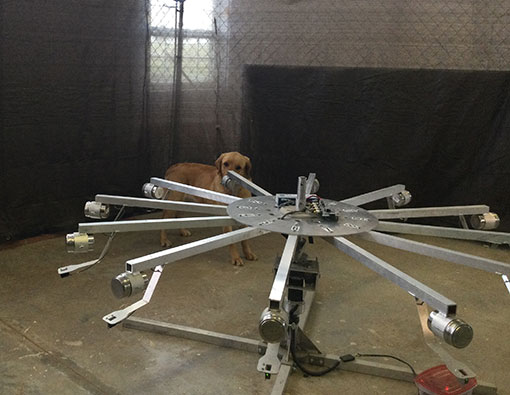
The dogs receive the samples via a Training Aid Delivery Device, which contains the odor. See it in use in the video below. (Courtesy)
She added that some of the negative controls also could have been tested before the virus could show up. The team hopes to reverify results for which the dogs had different answers via continued headspace (i.e., odor profiling) analysis studies.
The next step?
Specific uses and policy still need to be established for the use of dogs in the field. DEVCOM CBC works for governmental clients and has not yet been funded for another phase.
“We’ve taken it from this proof of concept and now we would need to go into a more operational area,” said Patricia Buckley, a supervisory biologist and chief of the center’s Biochemistry Branch, who led the research.
The center now has an Educational Partnership Agreement with UC Davis, which means that the organizations can share data and consult on different efforts. Other international colleagues have conducted similar studies and one study showed that dogs can distinguish between the different SARS viruses.
Another study by DEVCOM CBC describes future applications for biomedical detection dogs. “We don’t see this as a COVID-19 specific capability,” Gadberry said. “This is a biothreat detection capability. So you choose your threat du jour now that we’ve gone through the steps of how to train up a baseline program.”

